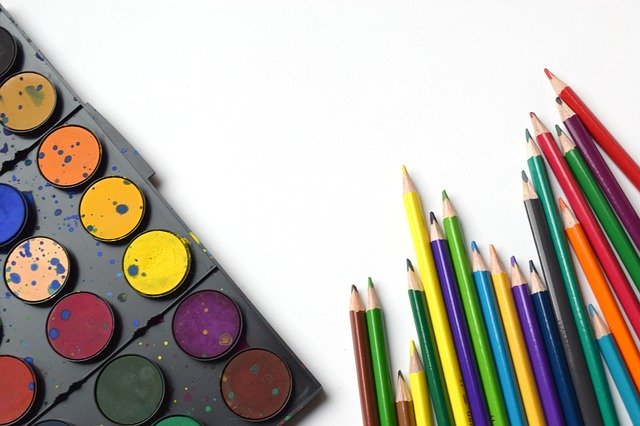
The national media rarely focuses on communities like Brownsville, Texas. When they do, border communities are often painted in black-and-white, used as a backdrop to discuss national issues like immigration reform or the war on drugs.
As a teacher in Brownsville, I want to tell you a different story about my community and our response to COVID-19—a story about our resilience in the face of tremendous challenges.
Brownsville is a small city of 183,000, located in the Rio Grande Valley along the Texas-Mexico border. The vast majority of Brownsville’s residents are Mexican-American, including large numbers of first-generation immigrants. Thousands of families live in colonias, neighborhoods outside city limits that often lack access to basic infrastructure like paved roads and electricity—not to mention broadband internet or cell service.
Despite these economic challenges, our city is rich in culture and community, in perseverance and determination. I teach IB History of the Americas and Advanced Placement (AP) Psychology at IDEA Frontier College Prep. As a charter school, we are free, public and open to all children. Eighty-six percent of our students qualify for free and reduced-price lunch—and yet they complete college at more than four times the national average for low-income students.
Strong Relationships Have Been Our Lifeline
My colleagues and I work hard to build strong relationships with our students and their families year-round. These relationships have been a lifeline during the coronavirus pandemic. The day our school closed, our focus shifted to how we could meet the needs of our students at home, knowing that about one in three lacked home access to the internet.
For our families, paying for internet access sometimes isn’t an option. A parent of one of my students called me in distress several weeks ago, explaining that paying for a mobile hotspot would mean not paying for power to their house. Educators call this the “digital divide” or the “homework gap.”
So when COVID-19 shut down schools across the country, we needed to move quickly to bridge the gap as best we could. Across our school district, we’ve distributed 11,000 laptops, ordered another 2,000, helped over 4,000 families sign up for free internet packages and purchased 6,000 mobile hotspots for families. We’re also working with a coalition of educators across the country to encourage Congress and the FCC to listen to the voices of students, parents, and teachers across the nation, some of whom still lack home access to the internet, so millions of children can keep learning.
Distributing the technology needed for remote learning is just the first step, though. From there, my colleagues and I came together to find creative ways to continue to teach our students, support their mental health, and create a sense of community.
Adapting Good Teaching to a New Format Isn’t Rocket Science
What we’re doing isn’t rocket science—it’s adapting good teaching to a different format. We adapt our lessons to meet the needs of all students, including students with disabilities, students learning English or students who have taken on additional responsibilities at home during this difficult time.
My colleagues and I provide paper packets in addition to online lessons, phone calls home as well as text messages, individualized accommodations during live lessons and one-on-one support. I prepare video lessons with all students in mind: I provide two opportunities to preview the lesson through readings and office hours. And after class, students can go back to the lesson and watch the presentation as many times as they need to master the new content.
Across the district, our occupational therapists and speech-language pathologists are providing teletherapy. Our counselors are offering a hotline for parents and students who need access to social and emotional support.
We’re also doing our best to maintain our sense of school community by holding events like a virtual pep rally last Friday. One of my students is a talented singer who often sings during lunch. Now, he sings to the class during our video-chat lunchtime.
As a history teacher, I view the world through the lens of what happened in the past. What we do now matters—and defines who we are and what we stand for, just as moments of crisis have defined other generations. Will we continue teaching, and do whatever it takes to reach every student? Or give up, listening to calls to suspend all teaching and learning?
These are not easy times, and for our families in Brownsville, the times are harder than most. But I wake up each day proud to be a part of a community of teachers, students, and families working to overcome this latest challenge, and staying focused on expanding opportunity in our community through education. That’s the real story of Brownsville, and I’m grateful to be a part of it.
By: Scott Frank
Title: In Brownsville, Texas, a Pandemic Won’t Stop Students from Learning
Sourced From: educationpost.org/in-brownsville-texas-a-pandemic-wont-stop-students-from-learning/
Published Date: Thu, 07 May 2020 15:27:12 +0000
No comments:
Post a Comment